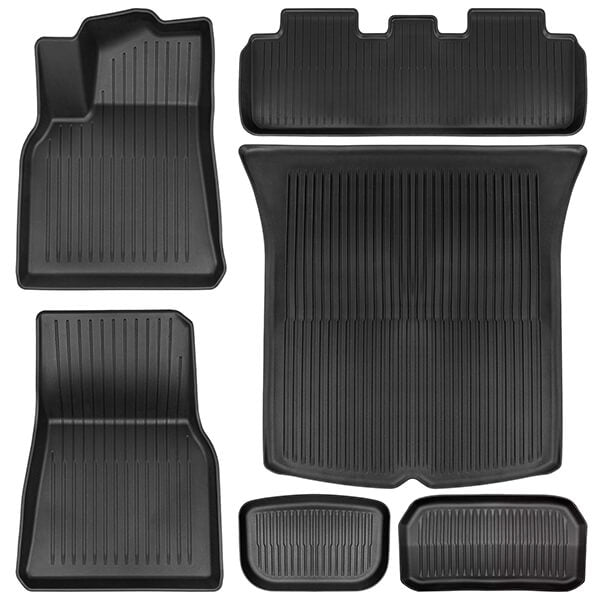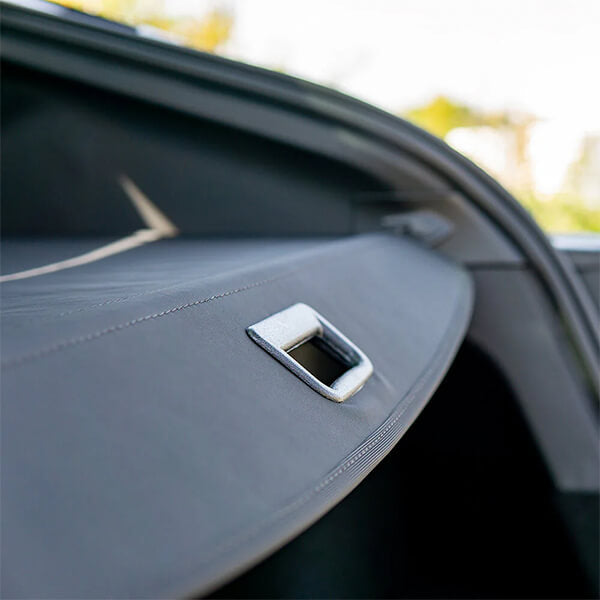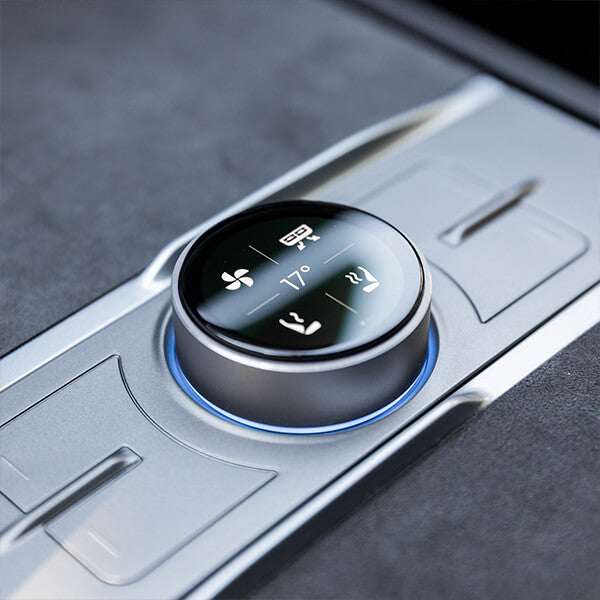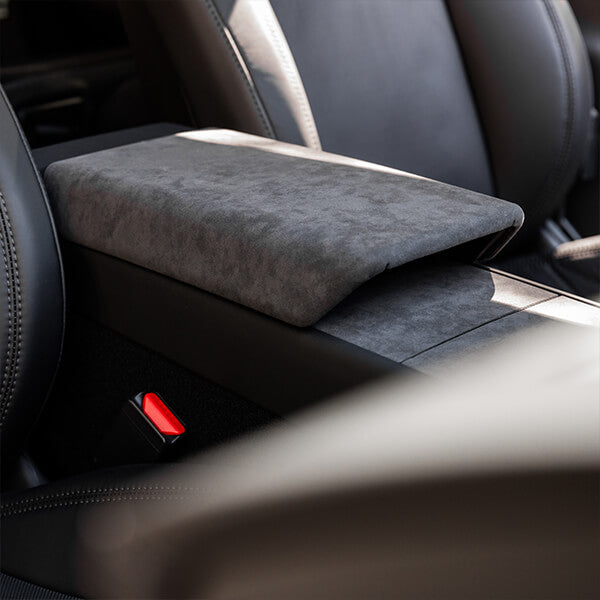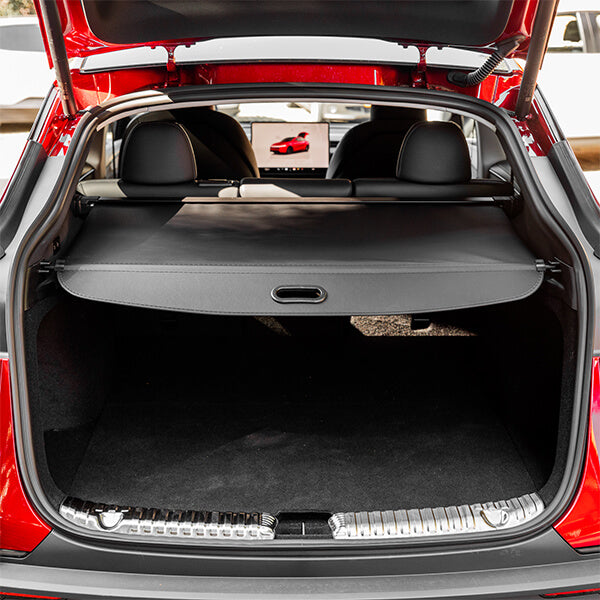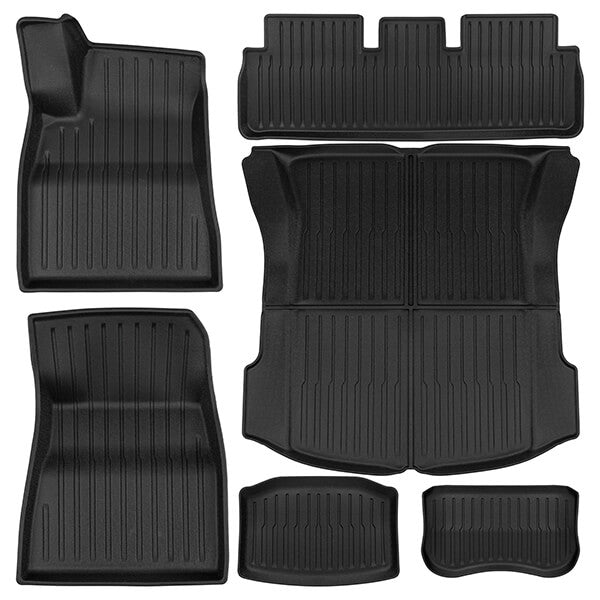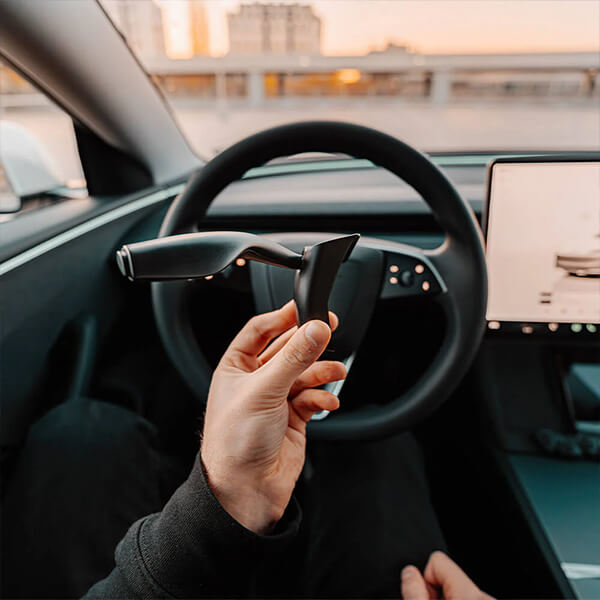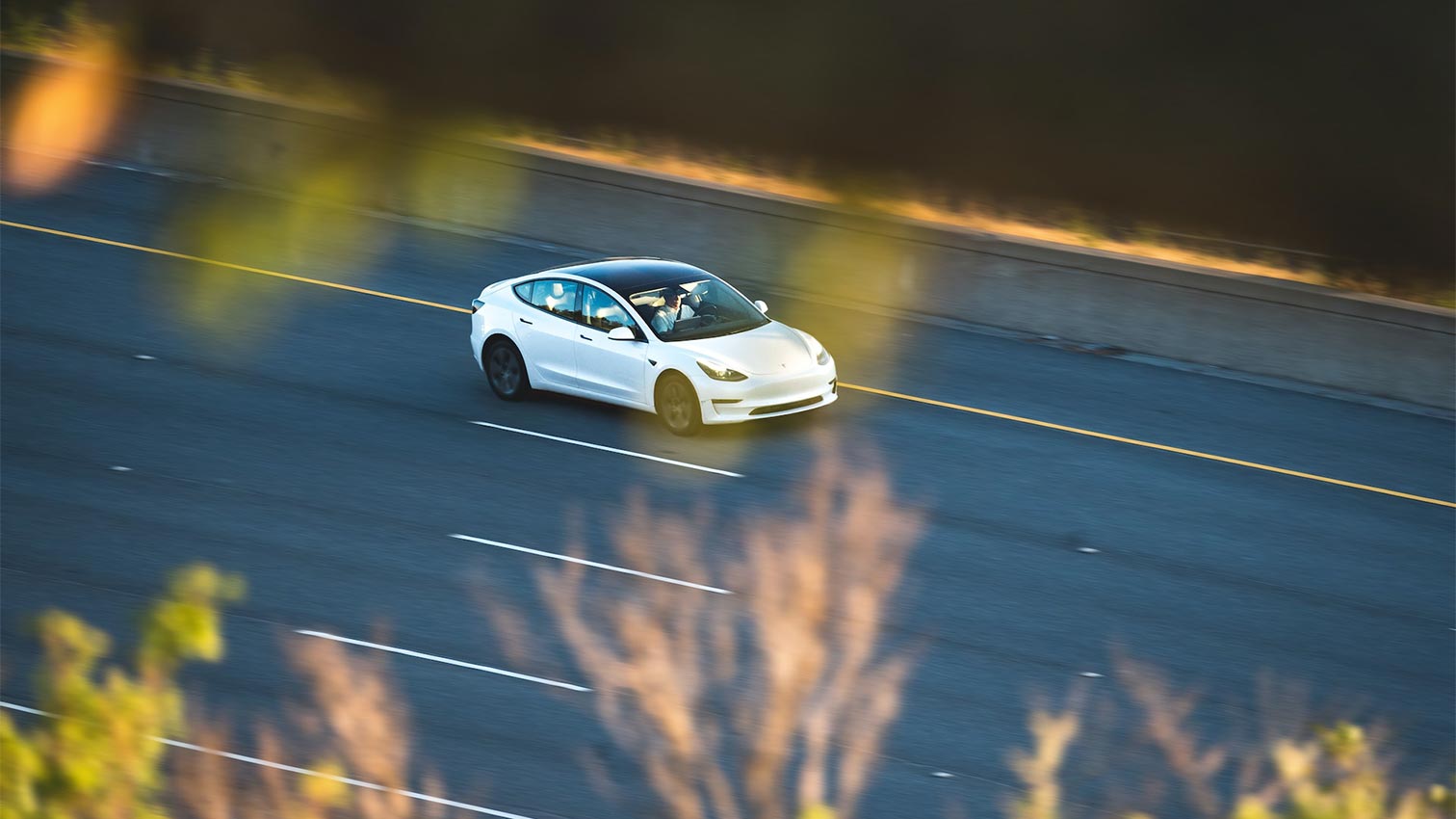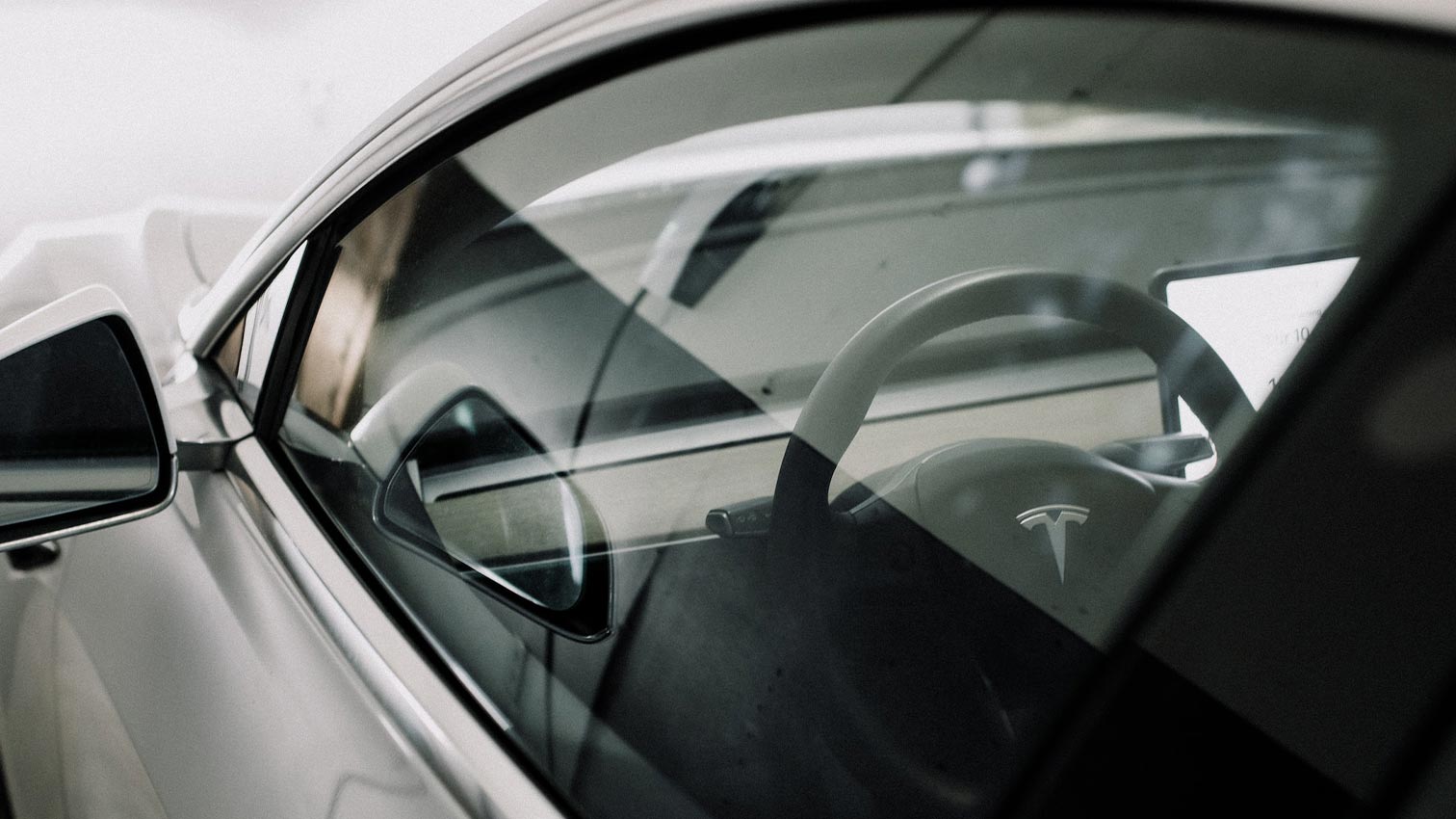Anyone who is traveling and wants to recharge their electric car's battery as quickly as possible needs a high charging capacity. However, this capacity must not only be supplied by the charging station, but also be able to be processed by the vehicle.
Fortunately, Tesla's charging stations, Superchargers, and vehicles themselves are all capable in this regard. Nevertheless, there are of course differences in charging performance between individual Tesla models.
We explain which model can charge how fast, and also discuss the charging performance of the Tesla Model 3 and the Tesla Model Y.
Tesla Model 3 Maximum Charging Power
Does the Tesla Model 3, being the most affordable Tesla, have to compromise on charging power? Not necessarily. The maximum charging power at Tesla Superchargers depends significantly on the specific model chosen. Incidentally, all Model 3s charge at 11 kW using a standard home AC charger, and the same data applies to third-party charging stations. differ.
Tesla Model 3 Standard Range Plus Charging Power
The "Standard Range Plus" variant, now more commonly known as the "basic" version, charges relatively slowly at a maximum of 170 kW, but also has the smallest battery. As is typical with electric cars, this value is not maintained throughout the entire charging process, but should be understood as a peak value. Experiments The tests show that the average charging power of the current Model 3, at 64 kW when charging from 20 to 80% battery capacity (SoC), is significantly lower than its maximum potential. Interestingly, the pre-facelift Model 3 SR+ from before 2021 appears to charge faster, with the aforementioned average value in the experiment reaching 82 kW. It will be interesting to see how the charging characteristics of the new Model 3 compare. Highland presents.
Tesla Model 3 Long Range Charging Power
Tesla has given the long-range variant of the Model 3, "Long Range," which has a larger battery than the base version, a higher maximum charging capacity. Up to 250 kW is possible, requiring one of the new V3 Superchargers. However, Tesla is once again demonstrating... Experimentsthat this maximum value is only reached briefly at the beginning of the charging process and then decreases.
At least this time the SoC will increase from 20% to 80%. Average values It reached over 100 kW (2021: 106 kW, Pre-2021: 113 kW). Even with the long-range variant, the pre-2021 model is therefore better, as it maintains the 250 kW output for significantly longer.
Tesla Model 3 Performance charging performance
Similar to the Long Range version, the Model 3 Performance charges at a maximum of 250 kW at Superchargers. Since the technology is also identical to the Long Range version, it can be assumed that the charging behavior is also the same as the long-range version.
Tesla Model Y Maximum Charging Power
The Tesla Model Y shares many parts with its "little brother," the Model 3. Therefore, it's not surprising that the charging specifications are also the same – including the discrepancy between the models. The Tesla Model Y AC charging power, meaning the power output at an AC charging station, remains limited to 11 kW for all variants.
Tesla Model Y charging performance: The base model
As with the Tesla Model 3, the base version of the Model Y is limited to a maximum charging capacity of 170 kW. However, as several users have reported... report, the charging curve is significantly more stable than with the more powerful siblings “Long Range” and “Performance”.
This is probably also due to the LFP batteries installed in the base model, which enable high charging rates even at high SoC and which without Danger They can always be charged up to 100% SoC.These LFP batteries are installed The US automaker is increasingly using it in its "Standard Range" versions, including the Model 3.
Tesla Model Y Long Range Charging Power and Performance Charging Power
The full 250 kW that a V3 Supercharger delivers is available again with the Model Y Long Range and Performance. At least theoretically, because this maximum value is only rarely reached, and then only briefly. ADAC test The peak charging power is only 191.5 kW, with an average of 122.7 kW. This is significantly less than the maximum power specified by Tesla, but still sufficient for a fast charging experience.
Tesla maximum charging power Model S/X
The charging power of the Tesla Model S across its various variants reads like a reflection of battery development over the last decade. It ranges from 118 kW (S 60) to 250 kW (current Tesla Model S Plaid charging power).
Tests This shows that the current Model S handles its 250 kW charging capacity significantly better than the Model 3 LR or Model Y LR: The maximum charging power is maintained from approximately 10% to 30% state of charge (SoC), and even at 90% SoC, 50 kW of power is still available. The average charging power from 20% to 80% SoC is 130 kW, which makes Tesla's claim that 300 kilometers of range can be charged in 15 minutes seem quite realistic.
The Tesla Model X currently has a charging capacity of 250 kW, but older models (pre-2021) have to make do with less (up to 190 kW). Since the charging electronics of the Model X differ only slightly from those of the Model S in the newer models, the actual performance at the charging station should be similar.
When charging via AC at home AC charging stations, the Model S and X are better positioned than the Model 3 and Y. Tesla allows its flagship models 16.5 kW in this case.
By the way: Did you know that you can sometimes adjust the Tesla charging power yourself? With the Juice Booster That's exactly what you'll find – along with all sorts of other practical items. Accesories, at Teslabs.
Tesla charging performance: Conclusion
Depending on the Tesla model and version chosen, charging power ranges from 170 to 250 kW (DC) or 11 to 16.5 kW (AC). These peak values are very good, especially in the DC charging segment, but are sometimes surpassed by other manufacturers.
However, the Supercharger network remains industry-leading, providing comprehensive and reliable support for such charging speeds. Ultimately, though, it must be said that Tesla excels in many other areas, such as efficiency, software, and safety, meaning that charging speed is no longer a decisive factor for buyers.
What are your experiences at the Tesla charging station? We're eager to hear about them in the comments!
Source of featured image: Priscilla Du Preez

